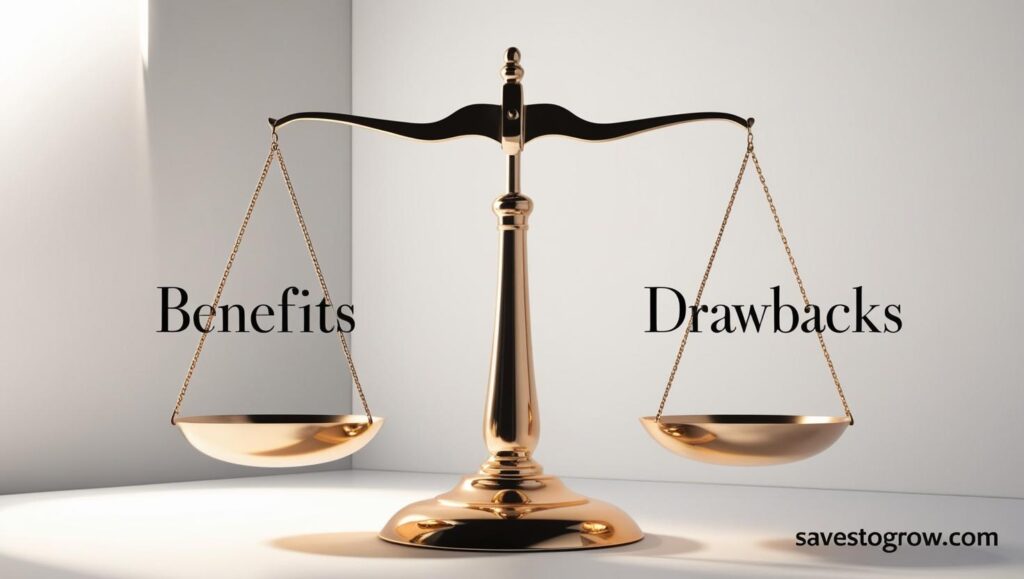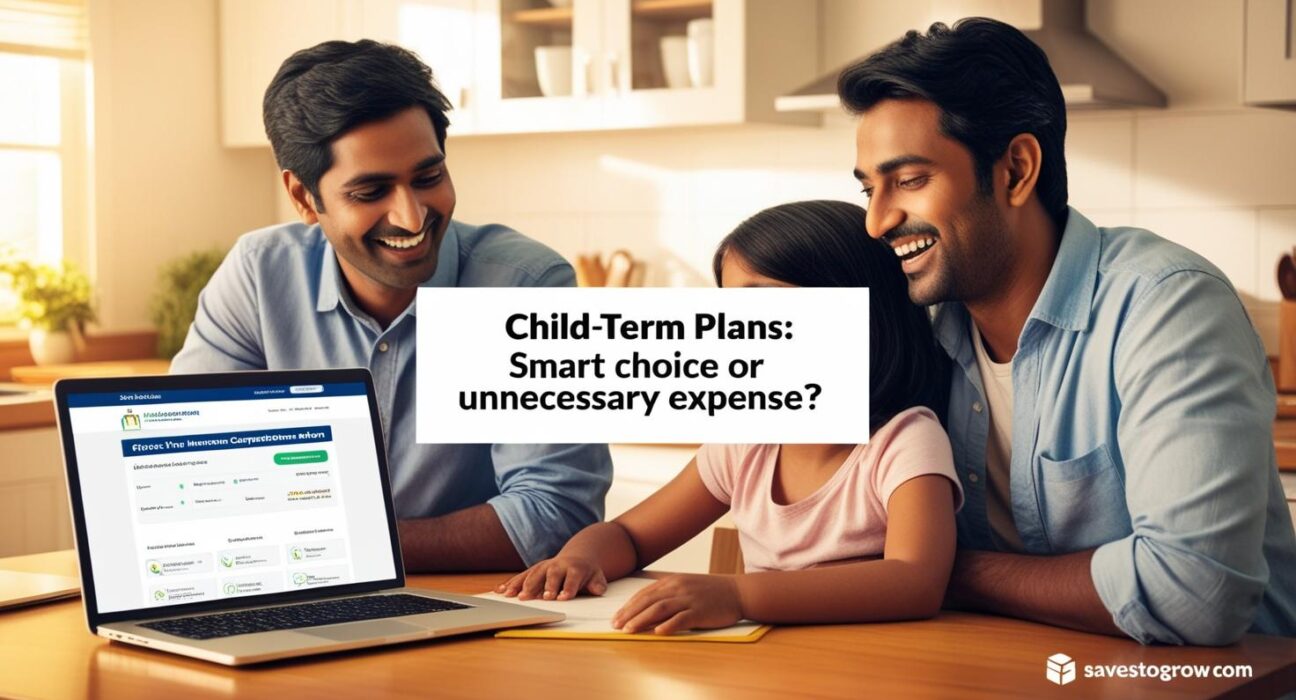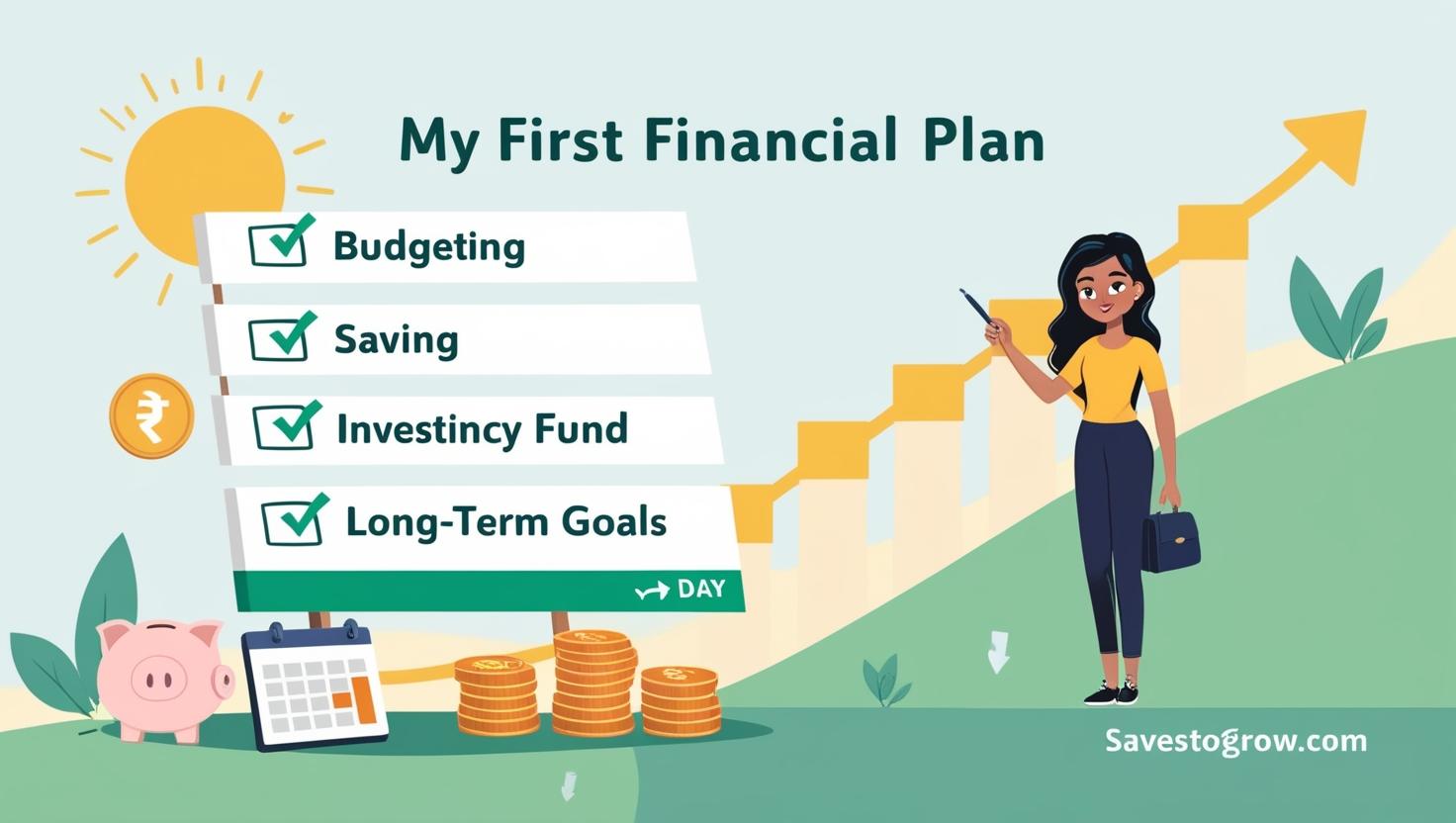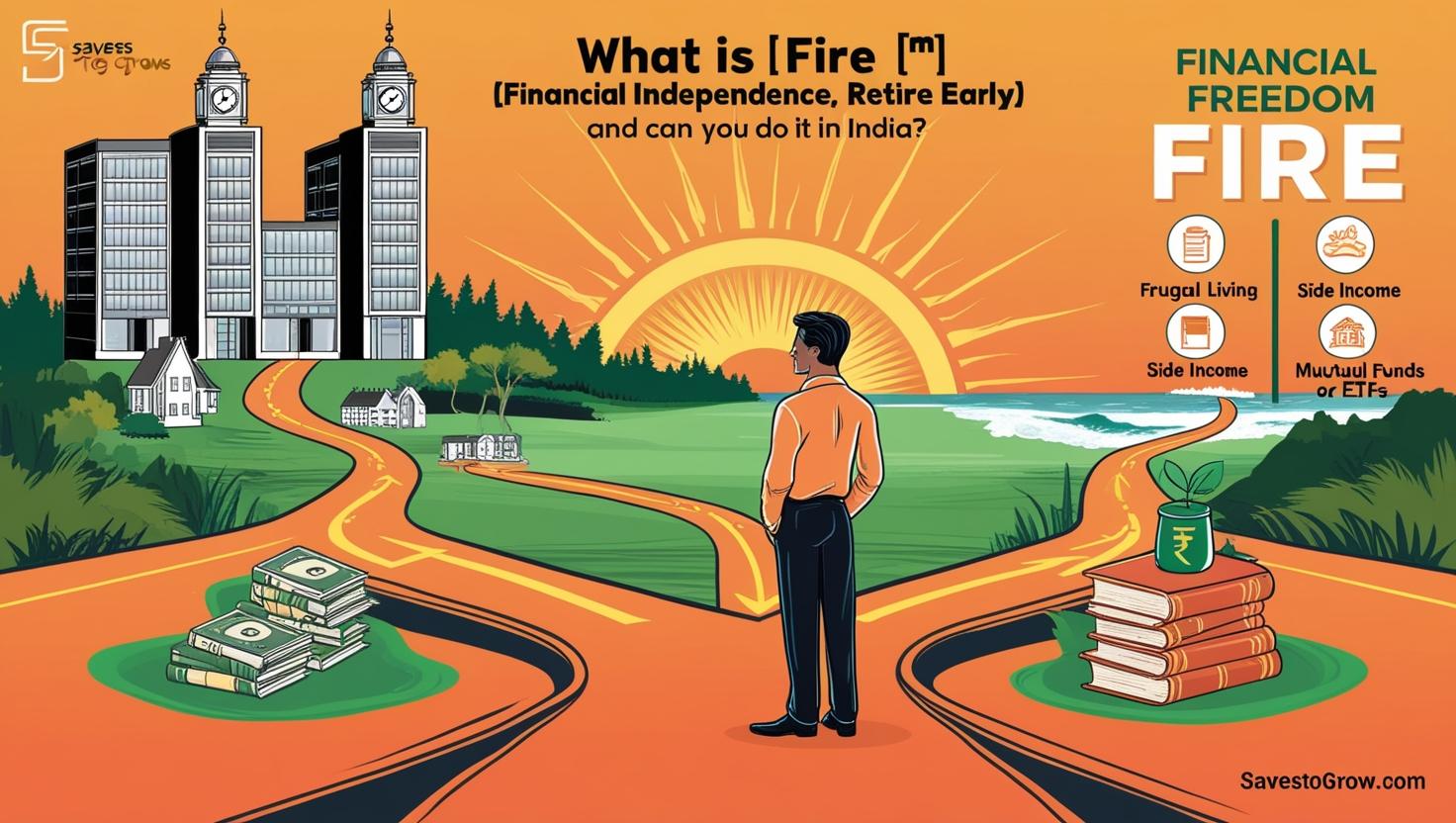As a parent, you want the best for your child: education, health, and a secure future. But when insurance agents push “child term plans,” you wonder: Is this necessary? 🤨
Let’s break it down in simple terms—no jargon, just honest advice.
What is a Child Term Plan?

A child term plan is an insurance policy where:
- The child is the nominee (beneficiary).
- If the parent (policyholder) passes away, the child gets a lump sum.
- Some plans also offer education benefits or monthly payouts.
Sounds good, right? But before you sign up, let’s weigh the pros and cons.

👍 Pros of Child Term Plans
✅ Financial Safety Net – If something happens to you, your child’s future is secured.
✅ Education Protection – Some plans ensure funds for school/college fees.
✅ Affordable Premiums – Cheaper than traditional child insurance policies.
👎 Cons of Child Term Plans
❌ Not a Must-Have – If you already have term insurance + investments, this may be redundant.
❌ Limited Flexibility – Money is locked until a certain age or event.
❌ Better Alternatives? – Mutual funds, PPF, or Sukanya Samriddhi may offer higher returns.
🚀 Smart Alternatives to Child Term Plans

Instead of relying only on insurance, consider:
🔹 Term Insurance + SIPs – A higher term cover for yourself + monthly investments in mutual funds for your child’s future.
🔹 PPF/Sukanya Samriddhi Yojana (SSY) – Safe, government-backed schemes with good interest rates.
🔹 Gold or Real Estate – Long-term assets that grow over time.
Example: If you invest ₹5,000/month in a mutual fund (12% return), in 15 years, it could grow to ₹25 lakh+—far more than most child plans offer.
💡 Final Verdict: Should You Buy a Child Term Plan?
✔ Buy IF:
- You have no existing term insurance.
- You want a simple, no-fuss backup for your child.
❌ Skip IF:
- You already have adequate term insurance + investments.
- You prefer higher-return options like mutual funds.
Bottom Line:
A child term plan isn’t a scam, but it’s not always the best option. Focus on strong term insurance for yourself and smart investments for your child’s future.
📚 Sources & Further Reading:
💬 Your Turn:
Do you have a child term plan? What’s your go-to strategy for securing your child’s future? Share in the comments! 👇
(This article is for informational purposes only. Consult a financial advisor before making decisions.)





